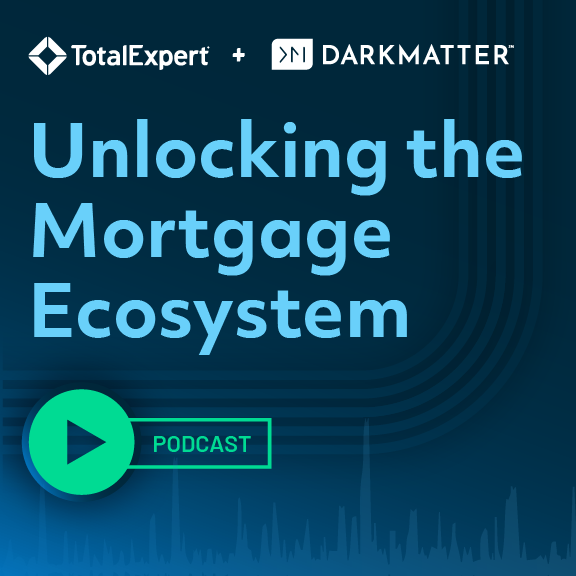We’re all learning to live with uncertainty in new ways, and for many of your customers or members, this means adjusting their monthly financial habits. As their trusted financial partner, you’re well positioned to provide the financial information and education they need.
This is, in part, because you can also help them access financial products and services that can help them meet their evolving goals.
In light of economic instability, customers or members may be more risk averse than ever. To make the right decisions during this time, they need access to the right financial education (a trusted financial advisor) to start planning for their futures, whatever stage of life they’re in.
Here’s what you need to know to provide relevant, helpful resources to your customers or members at each phase of the financial lifecycle.
The Budgeting Basics: Continue to Build Budgeting Skills During a Crisis
Your customers or members may be wondering how they can maintain their lifestyle as their financial resources change. This can be a major challenge, and it may be hard for some of them to talk about. For those who have lost jobs or hours in the workplace due to COVID-19, information and education can be transformative.
For example, if a customer or member spends more than a certain percentage of their monthly income, perhaps they could be enrolled in a campaign to provide education around monthly budgeting tools. One of the biggest challenges many are facing is how to take on new financial tasks, including how to:
- Pay off credit card debt.
- Balance making payments while continuing to save enough to work toward long-term goals.
- Request mortgage loan forbearance.
- Inquire about loan modification.
- Find information around income-based repayment options for federal education loans.
If your online banking or mobile app experience includes budgeting tools, now is the time to launch a campaign to let customers or members know that these are available to them (and to ensure they know how to make use of them).
How to Build a Savings Account During a Crisis
Just because customers’ or members’ immediate financial goals have changed this month doesn’t mean they can’t still contribute to their savings goals, short or long term.
One of the greatest challenges facing customers or members may be their knowledge of the products and services available to support their financial wellbeing.
For those who have the ability to put away a small amount of money for a few years, it’s important that they know about CDs or bond options. Financial wellness is hard to achieve without financial education, and you have the ability to provide the right resources to support both.
This may be as simple as creating a campaign to provide information about a series of financial products that may be secure options for short-term financial growth. If you have a target persona that may be saving for home ownership or another concrete goal, your savings products can be even more specific.
It’s Never Too Late to Create a Safety Net for Your Family
It may be more challenging to build a safety net for your family in the midst of a period of financial hardship, but it’s never too late to get started saving for the next emergency.
Ensure your customers or members know this: inform, educate, and engage with questions that invite customers or members to have a conversation around relevant resources. These may be as simple as asking…
- Do you have a financial safety net?
- How would you manage an unexpected hospital bill?
- Do you feel confident that you’ll know when it’s time to make use of your emergency funds?
For customers or members who answer “no” or say they don’t know, this will open the door to begin a conversation and start sending them more relevant, helpful information. This might include information about how to budget or tie into bigger financial wellness themes, like making the most of your employer-provided resources.
The conversation these questions start could also signal that your customer or member is actively experiencing financial hardship, in which case you can activate your crisis communications plan to address their immediate financial needs.
Don’t Lose Sight of Retirement
Even in a recession, customers or members should keep an eye on their retirement plans. As their trusted financial partner, you must provide resources that specifically address how COVID-19 may be impacting their retirement savings.
One of the most important roles you can play is to help connect customers or members with advisors that are qualified to counsel them on their retirement plans and future needs, but you can also support customers or members through relevant communications.
To ensure that your customers or members receive relevant information and education on retirement savings, enroll them in age-based journeys that account for the most likely timing of their retirement.
This will set you up to send appropriate, timely communications to the right groups at the right time. For example, if there is a major drop in the market, those over 50 years old will probably feel differently than customers or members in their early 20s. You need to be prepared to send timely, relevant information to each group that fits where they are in their stage of life.
Financial Wellness Never Stops Being a Priority
Building trust through every touchpoint may sound like a tall order, but it’s a critical approach for financial institutions that aim to position themselves as trusted sources of information on financial wellness. This is especially important when your customers or members are experiencing financial hardship.
By demonstrating that you’re capable of providing information and education that will help them arrive at the next step of their journey back to financial wellness, you can turn a customer or member into a customer or member for life.
To do this, you’ll also need to communicate clearly and consistently to demonstrate to your customers or members that you know them and that you have their back. With a personal touch and a focus on providing relevant resources, your customers or members will gain access to the financial tools they need today and tomorrow.


